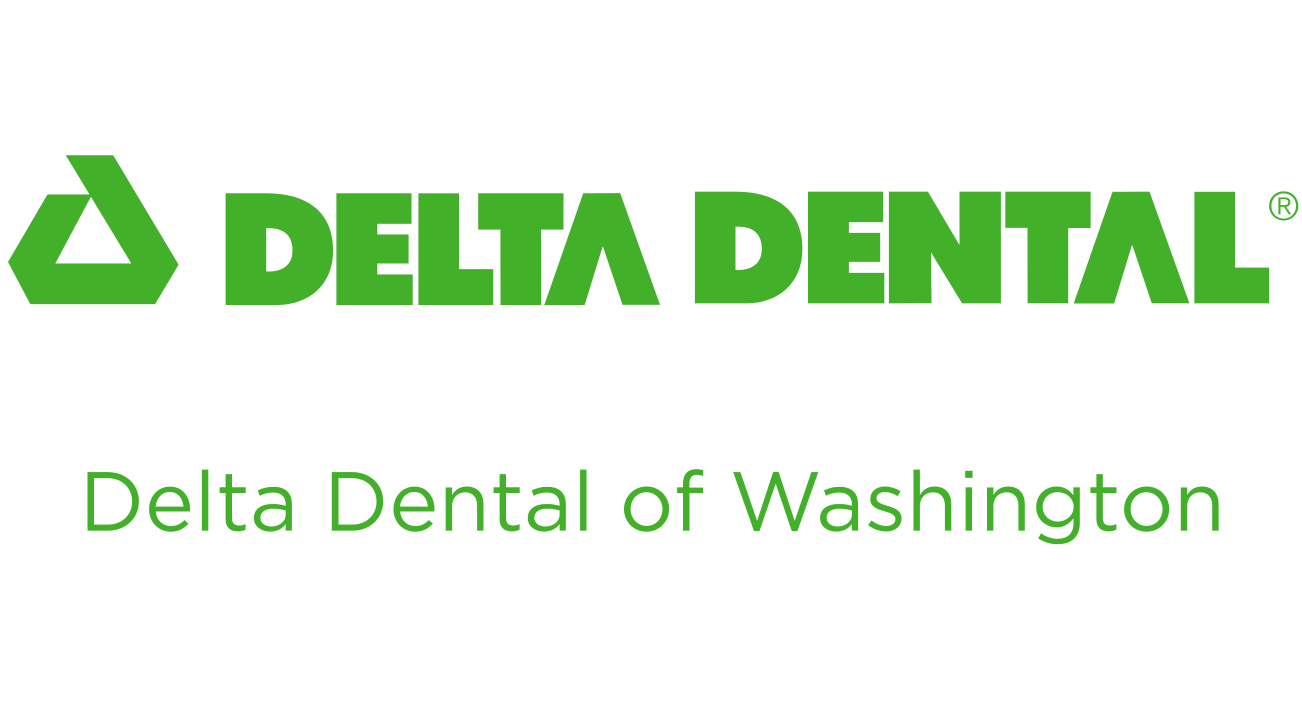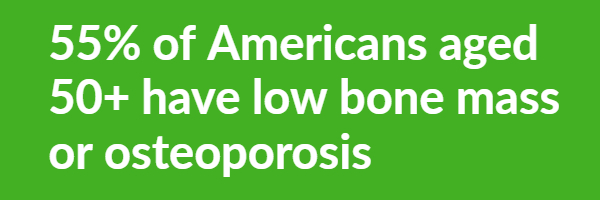Researchers have discovered that dental x-rays are highly effective in identifying patients who have osteoporosis as compared to patients with normal bone density.
Since most people see their dentist more often than they see their doctor, your dentist may be the one to help identify low bone density. Low bone density is an indicator for osteoporosis.
The older you get, the greater your risk for osteoporosis.
What is Osteoporosis?
Osteoporosis is a medical condition in which the bones lose density. This causes them to become brittle and fracture more easily.
Osteoporosis means “porous bone.” If you’ve ever seen a pork or beef bone, you know how dense they are. You may have also noticed that they aren’t solid. In fact, they have a bunch of tiny holes which connect and reinforce one another like a bridge. Healthy human bones are very similar. Osteoporosis causes our bones to become less dense and the tiny little holes to become much larger. Over time, this weakens our bones which increases our risk for injury.
What Causes Osteoporosis?
Our bodies constantly absorb and rebuild bone tissue. Osteoporosis is caused when there’s an imbalance in this process. It can occur when our bodies don’t produce enough new bone or we’re absorbing too much bone. It may also be the result of both.
Does Osteoporosis Affect Oral Health?
Yes. Our teeth and jaws are bone. The jawbone supports and anchors our teeth. Osteoporosis can cause our jawbones to lose density, increasing our risk of fracture and permanent tooth loss. Low bone density can also cause issues how well your dentures fit and you may certain treatments more difficult.
Can Osteoporosis Cause Gum Disease?
Osteoporosis effects bone density, reducing strength, which can result in fractures. Periodontitis (gum disease) is a chronic infection that affects the gums and the bones that support teeth.
Research hasn’t concluded whether or not osteoporosis causes periodontitis. However, the loss of bone density leaves the jawbone and gums more susceptible to periodontal bacteria, increasing the risk for periodontitis, and subsequently tooth loss.
Is it Osteoporosis or Gum Disease?
Oral symptoms of low bone density are similar to signs of gum disease. Indicators include:
- Loose teeth
- Receding gums
- Ill-fitting or loose dentures
If you experience any of the symptoms above, visit your dentist. They’ll help determine the cause and course of treatment.
Already Have Osteoporosis? Tell Your Dentist.
If you’re already being treated for osteoporosis, let your dentist know about any medications you’re taking. The type of medication you’re on can influence dental treatment decisions.
How to Prevent Gum Disease
Preventing gum disease starts with a good oral health routine:
- Brush for two minutes, twice a day
- Floss at least once a day
- Visit your dentist regularly
Brushing and flossing everyday are necessary for good oral health. You know that. But here’s something you maybe don’t know. Staying on top of your preventive dental visits also helps prevent, and can even reverse, gum disease.
How to Prevent Osteoporosis
There are many potential causes of osteoporosis. Some can be prevented, like lifestyle. Some cannot, like a family history of osteoporosis.
However, living a healthy lifestyle seems to be the Rosetta Stone for healthy aging.
Here are some tips to help keep your body healthy:
- Eat a well-balanced diet rich in calcium and vitamin D.
- Exercise regularly. To keep bones strong, walk, jog, dance, or weight train.
- Don’t smoke. And moderate drinking
Talk to your dentist to learn more about osteoporosis and your personal risk.
Don't have a dentist? Create or sign in to your MySmile® account to search for one near you. You can even filter your results by patient endorsements!













